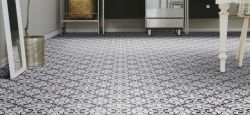How to reduce heat loss through your floor
When it comes to keeping the heat inside your home, there are plenty of different things you can do, but one of the most important is ensuring your flooring has a high tog rating and is fitted correctly. We can arrange fitting with the best professional fitters giving you peace of mind for years to come that you’re not losing any heat from poorly fitted flooring.
Here are a few helpful solutions you can try to reduce heat loss through your floor this winter:
Carpet
There’s no doubt carpet is one of the best types of flooring to reduce energy costs. Carpet is a natural source of insulation, making your home more energy efficient by retaining more heat. When you walk on a carpet, warm air gets trapped just above its surface, reducing draughts, and making you feel warmer. This helps to trap the warm air in the room for longer and having more carpeted rooms in your home brings you the greatest benefit.
It's thought that wool carpets are the most effective thermal insulators, as wool fibres not only retain their pile height for a longer period (which is essential for retaining insulation) but also feel warm and firm underfoot, helping you feel cosier.
We wouldn’t advise including carpet in every room in your home. We don’t recommend having carpeted kitchens or bathrooms, so for rooms that can’t be carpeted, we recommend using a smooth flooring with the correct underlay.
Underlay
Underlay is a layer of material that sits underneath your flooring and creates a barrier between your subfloor and flooring. It comes in different thicknesses, materials, and tog ratings. The underlay you choose should be matched to the layer above. If your underlay has a high tog rating it will prevent heat from escaping through the floor, while also providing exceptional comfort under a carpet and warmth under a smooth floor.
You can add underlay underneath laminate flooring and engineered wood, but it’s not recommended to add underlay underneath vinyl flooring, as vinyl floors usually have a base layer of foam or felt back that provides extra softness and warmth underfoot, so they don't need an underlay. This makes them a great value choice for larger rooms like kitchens.





























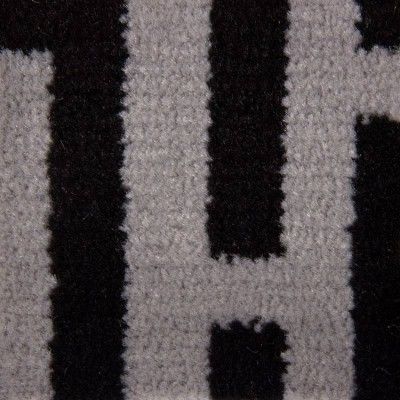

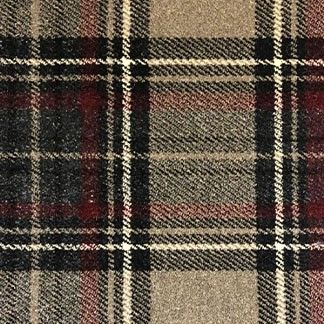













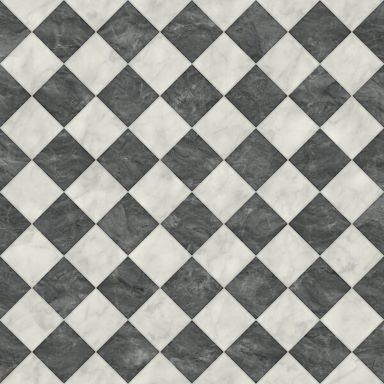
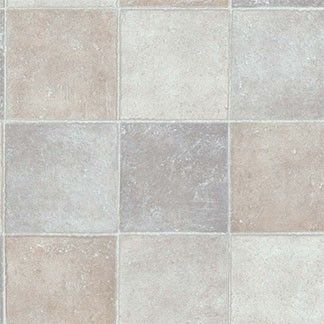
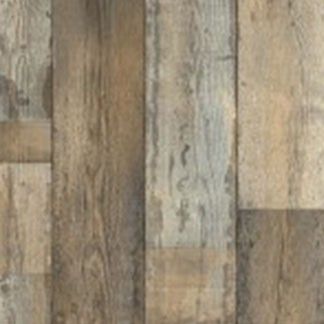









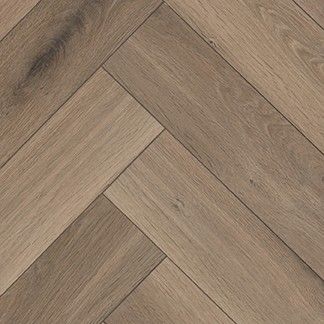
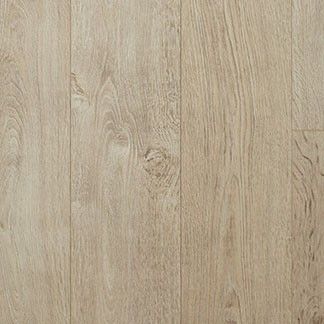

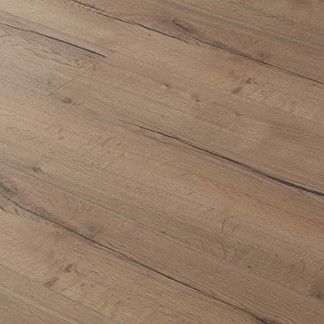


















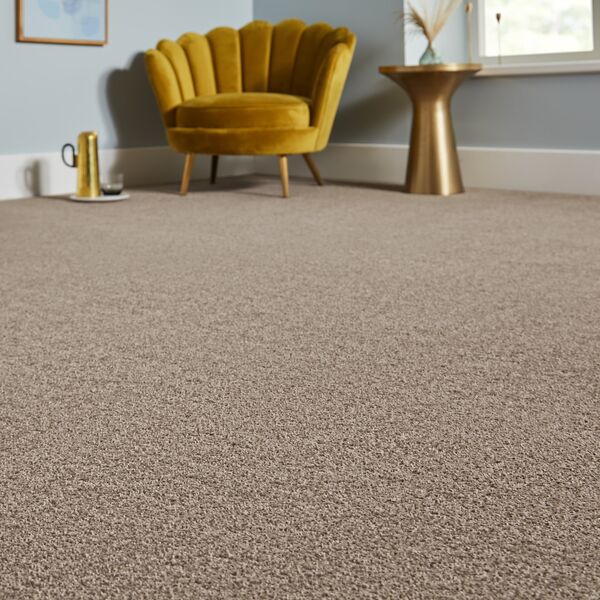
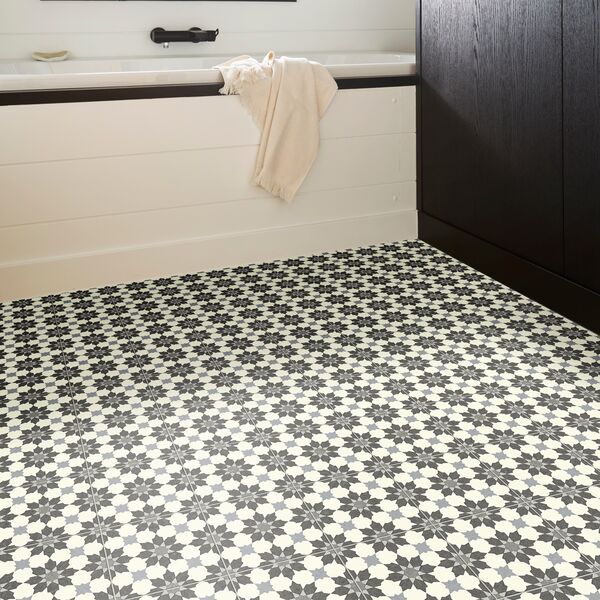
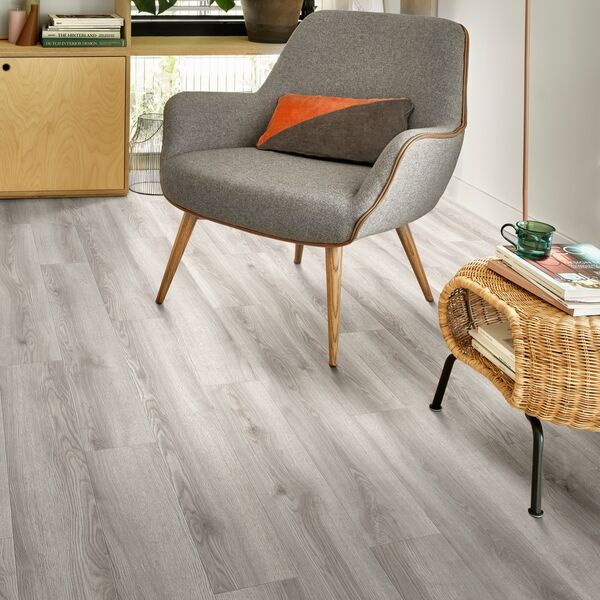
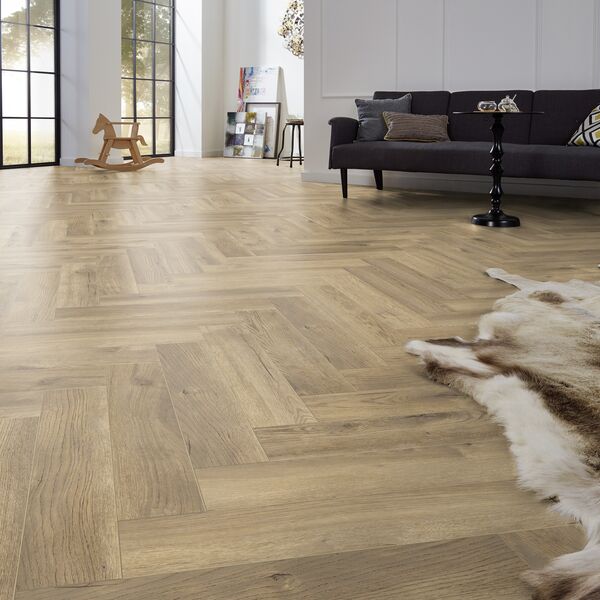
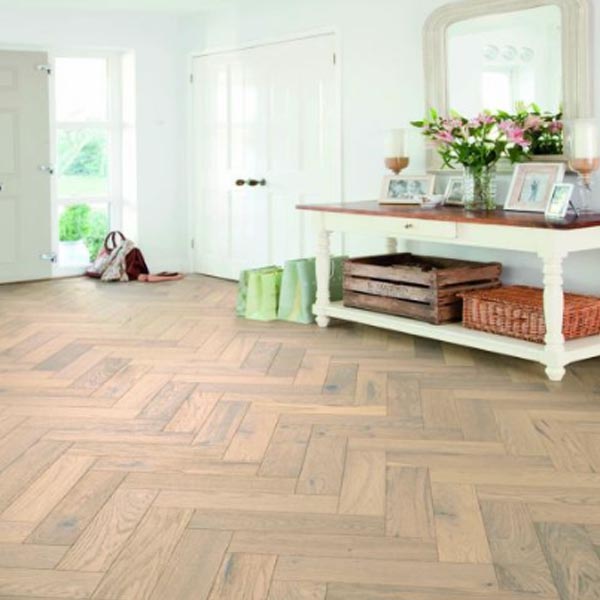

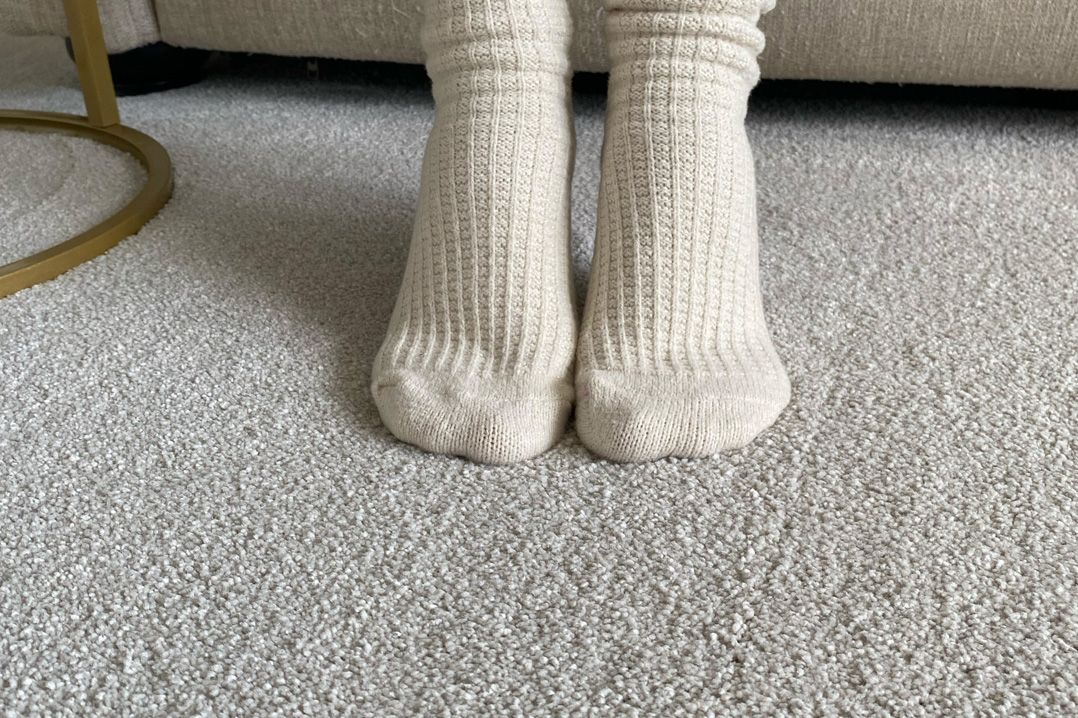
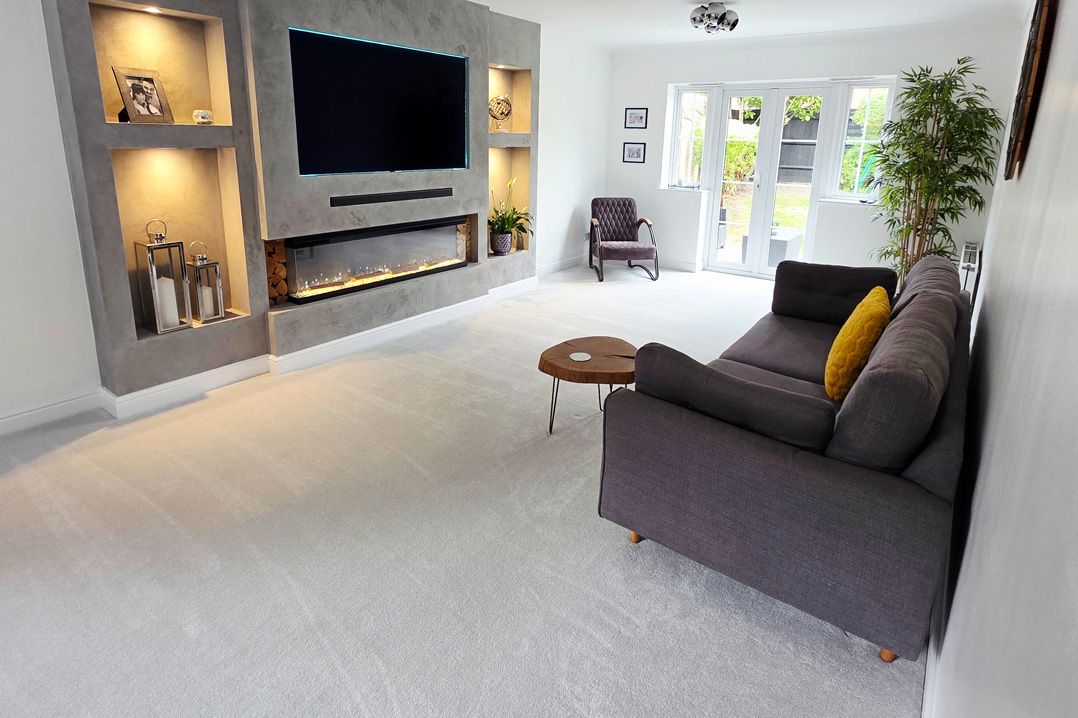

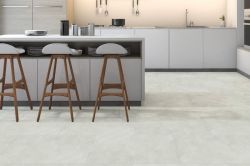

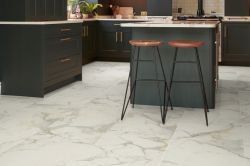




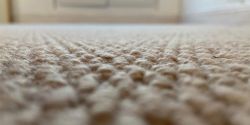
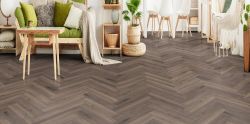
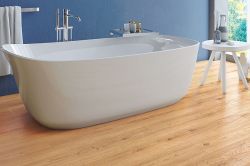
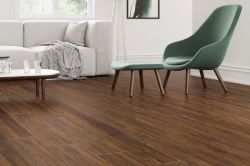



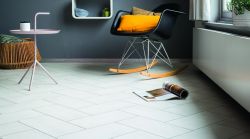
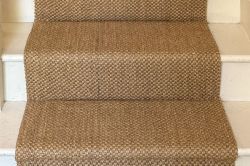


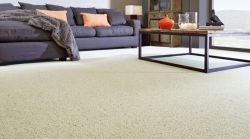



-250.jpg)
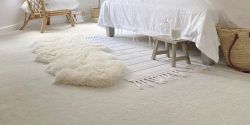

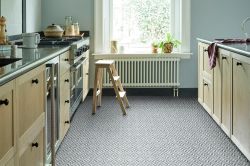
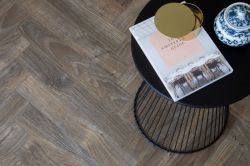

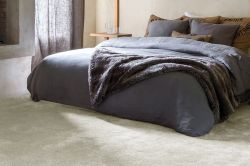

-250.jpg)
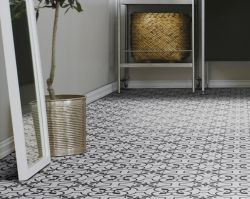

-250.jpg)

 copy-250.jpg)

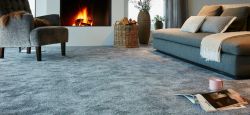
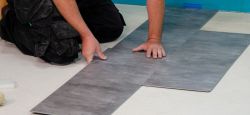


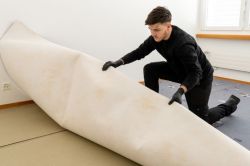


-250.jpg)
 - Article Image (not header)-250.jpg)
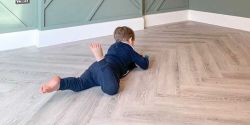
-250.jpg)

-250.jpg)
